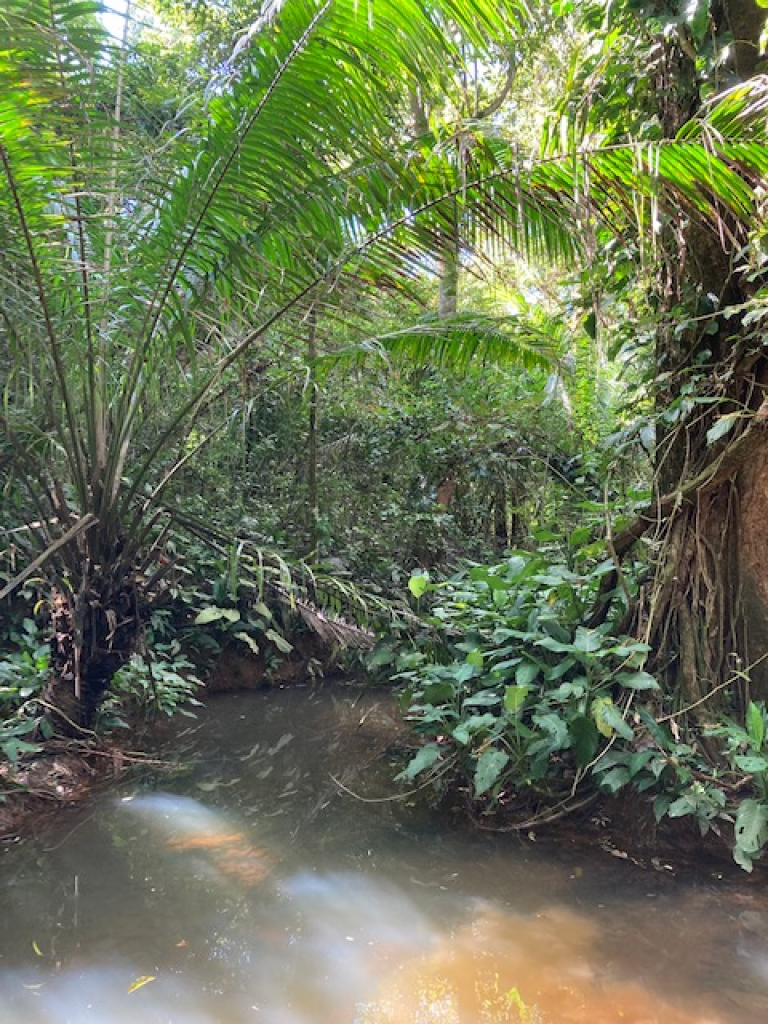What is biodiversity worth? Here: Blanktjärnen lakes in Jämtland, Sweden – free to visit, but expensive to maintain.
Halting and reversing biodiversity loss is one of the main global priorities today. Starting with the United Nations (United Nations General Assembly 2019)[i], who proclaimed 2021–2030 to be the United Nations Decade on Ecosystem Restoration, with the primary aim to prevent, halt and reverse the degradation of ecosystems worldwide. This resolution has been reaffirmed during COP26 in Glasgow, where the Glasgow Leaders have declared (Glasgow Leaders’ Declaration on Forests and Land Use 2021)[ii] that the forests of all types, biodiversity and sustainable land use have a critical role to: 1) help achieve a balance between anthropogenic greenhouse gas emissions; 2) to adapt to climate change; and 3) to maintain other ecosystem services. Therefore, a large number of World’s countries have pledged to halt and reverse forest loss and land degradation by 2030.
To achieve this goal, huge efforts must be made to conserve and accelerate restoration of forest ecosystems for which, large flows of finance and investment from a wide variety of public and private sources must be enabled.
Moreover, the Glasgow Financial Alliance for Net Zero (GFANZ) reports (Taskforce on Nature-related Financial Disclosures 2021)[iii] that there is a need to integrate nature and biodiversity into net zero commitments made by financial institutions. This statement matters, because, the flows of finance that impact biodiversity in either way, will be made through these same financial institutions.
Therefore, it is likely to expect that we might see a common standard for biodiversity accounting and disclosure, as well as for biodiversity credits and offsets, similar to what is currently being developed for carbon markets.
This October I started my PhD studies on the subject of innovative financing of forest biodiversity. I am grateful to my professor and supervisor Tomas Lundmark, who has taken me on, and look forward to exploring this subject both in theory and in practice. In fact, I believe, we must integrate science, businesses and markets fast, in order to efficiently adress the climate- and biodiversity challenges in front of us.
[i] United Nations General Assembly (2019), Seventy-third session, Agenda item 14: “Resolution adopted by the General Assembly on 1 March 2019”; 72/284 United Nations Decade on Ecosystem Restoration (2021-2030)
[ii] Glasgow Leaders’ Declaration on Forests and Land Use (2021). https://ukcop26.org/glasgow-leaders-declaration-on-forests-and-land-use/
[iii] Taskforce on Nature-related Financial Disclosures, After COP26: Nature positive set to become key component of net zero. https://tnfd.global/news/after-cop26-nature-positive-set-to-become-key-component-of-net-zero/




